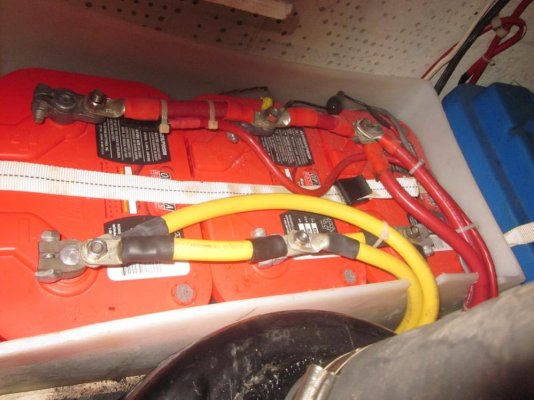HenryD
Senior Member
- Joined
- Dec 16, 2012
- Messages
- 477
- Location
- USA
- Vessel Name
- Seven Tenths (sold)
- Vessel Make
- Mirage / Great Harbour 47
I replaced my 8 8Ds for house and 2 8Ds for start, with L16 6v batteries - I can get three L16's in the space of two 8Ds. They provide more amp hours overall because the total amount of lead is more. The L16s are taller so they do not work for everyone. The individual batteries weigh less (about 125lbs each) so are not as hard to move around. The batteries are designed for industrial use - scrubber/sweepers and Lifeline sells them in AGM. If I did not use these, the Rolls were my next choice.


